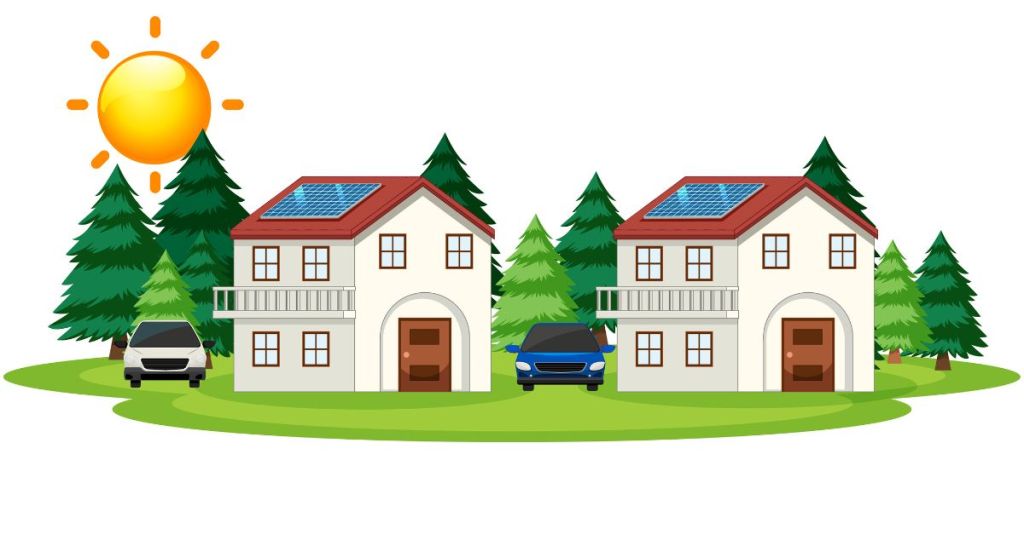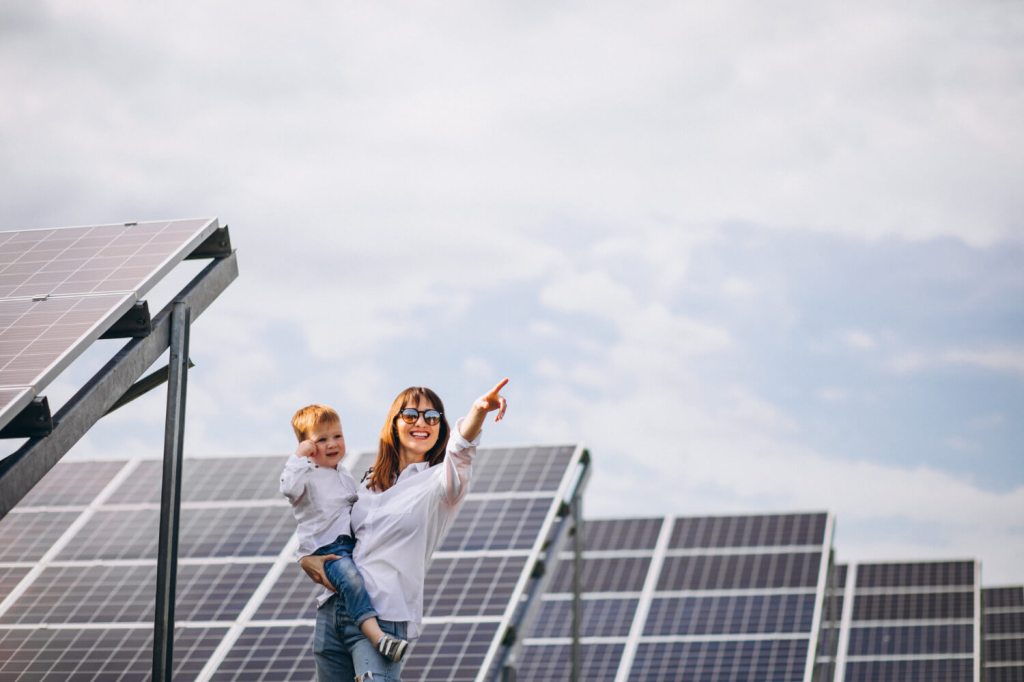
On-grid solar systems are often the first choice for home solar systems because they are flexible and cost-effective. If you are looking for an efficient and green energy source to meet your power needs, consider going solar now.
With a solar on-grid system, you have the flexibility to start with a primary energy-generating plant. Then, once you are satisfied with its performance, you can upgrade it. You can also add a battery bank to your solar system setup to get the most out of solar technology.
What is an on-grid solar system?
On-grid refers to a type of solar system that is connected to the local grid. It is highly recommended for domestic use as household energy changes are required, usually per day. The system is designed to manage energy when energy production becomes more or less than you need.
In this system, the grid acts as your battery bank. When the panels get less sunlight and fail to provide the standard energy output, you can switch to grid power instead of buying batteries. Additionally, on-grid systems will automatically transfer excess and unused solar energy to the grid, allowing you to generate credits. These solar credits can then be used to buy grid electricity, or you can cash them in at the end of the year. This arrangement works under a net metering system.
Benefits of on-grid solar systems
An on-grid solar system has many advantages for homeowners, in addition to the fact that it costs less than other types of solar systems because fewer components are required. Additionally, the financial benefits of solar for homes outweigh the cost of PV systems over time, not to mention the incredible environmental benefits solar offers.
Uninterrupted power supply
Grid-tied solar systems guarantee that your home will always have power, even if your solar system is under repair or produces insufficient power on rainy and cloudy days. You can also choose a battery bank when configuring your system to store some extra energy for use when the grid is down. As a result, you are not completely dependent on the sun and can draw additional energy from the grid when needed.
Energy cost savings
With solar power in your home, your monthly energy bill goes down, allowing you to enjoy small savings. These small parts add up to show significant savings. Apart from this solar investment also promises high returns. Each month you go solar and buy off-grid electricity, a small fee will be added to your bill. On days when your panels generate excess electricity, you can export them to the government grid for credit units, which will also show up on your monthly utility bills. When your electricity exports exceed your imports, you will be paid at rates set by the government. Your solar system not only reduces your electricity costs but also becomes your source of income. These savings add up to a huge amount over the years, even covering your initial solar cost in just 6-8 years.
Generate your own electricity
When you live in a solar-powered home, you are virtually grid-independent and can generate enough electricity to function every day. Your solar company ensures that you get the right capacity for your on-grid solar system based on your power needs so that you have a minimum number of days to switch to the government grid. In addition, today’s photovoltaic solar panels are more energy efficient and give a higher energy output relative to the amount of sunlight each solar cell receives. As a result, less area and fewer panels are required to meet your power needs.
Environmentally friendly
The environmental benefits of solar are a big reason why you should get rooftop solar and why the government is subsidizing on-grid solar power systems for homes to make them more affordable. By adopting solar energy, you reduce greenhouse gas emissions, reduce demand for fossil fuels, and ultimately reduce your own carbon footprint.










